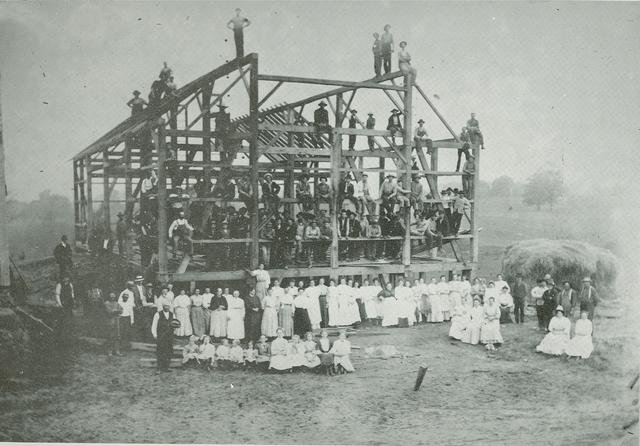The Crowd Supply Guide: Why Open Source?
Why Open Source your Project?
We strongly recommend you make your project open source (hardware and software). Combining open source with crowdfunding has many advantages. The benefits include:
- Quality benefits: your open source community represents a lot of brain power focused on the project and thinking about how to make it better, faster, more reliable, more useful, and more powerful.
- Flexibility benefits: open source tends to not get locked into a given platform or vendor, which can be a major consideration for your users. Creators benefit because open source can be ported, branched, and revised for other platforms or standards by anyone with access to it. It's also easier and faster to put out patches and prototypes can be iterated more rapidly.
- Exposure benefits: By definition, open source projects have lots of potential to build an active community. That community can go on to become both your customers and your evangelists. Backers are personally invested in the success of the project, and they will work to help it succeed.
- Security and safety benefits: Unlike proprietary projects, open source projects make it much easier to see and know how secure and bug-free a project is. Open source projects are much easier to audit and review, so vulnerabilities are easier to spot and faster to fix.
- Credibility: ongoing, broad-based peer review means that open source projects are less likely to suffer from marketing hyperbole and unresolved, unreported bugs and issues. The lack of potential vendor lock-in also also reassures backers they won't be wholly dependent on the creator.
- Market validation: open source projects can serve as an indicator of the health and size of a market before a project launches. Contributors will let you know what they like and don't like, and the level of engagement can be a bellwether of how likely the project is to gain widespread acceptance.
Why Not?
At this point, some creators might be saying "hold on, surely there are downsides to making a project open?". That’s true, but they may not be what you think they are. These are the most common misconceptions we hear about going open source:
Won’t my idea get stolen?
The answer is almost certainly not. For starters, ideas are generally easy to come up with; what gives an idea value is the time and effort put into implementing it. Developing, manufacturing, and marketing a project is a non-trivial task. And once you’ve established market dominance, it matters far less what others try to do with your concepts. We should add that after working with hundreds of creators, we have never gotten any report of an idea from a Crowd Supply project getting stolen. (There is one single, notable exception to this, Circuit Stickers. We recommend reading both what happened to the creator and this subsequent analysis of the situation by a patent attorney.)
Open Source is a time-wasting hassle
While it’s true that building a community of contributors requires time up front, with any crowdfunded project, you need to spend time building a following anyway. With open source, your community can potentially become more than a revenue source, it’s also your source for troubleshooting, help with coding, designing, and testing, and cheerleading (don’t underestimate the value of this).
Open Source results in lower quality
This simply isn’t true. Like anything manufactured, there are high quality and low quality open source projects. But there is nothing inherent to open source that makes it produce low quality projects. In fact, if you build a product that respects its users, they will respect your product, and that can be the seed that germinates your community. With strong leadership making consequential decisions, that community can grow to produce very high quality products.
In the end, of course, it’s up to you whether or not to open source some or all of your project. But we strongly encourage you to do it. In our experience, it’s the best way to make a good project, great.
More Reading
- A Combo for Innovation: Open Source and Crowdfunding
- Open Hardware: Good for Your Brand, Good for Your Bottom Line
Question not answered here? Contact us to see how we can help.
The Crowd Supply Guide: Table of Contents
For Everyone
For Backers
- Supporting Crowd Supply Projects
- Ordering, Paying, Shipping: All the Details
- How are Backers Protected?
For Creators
Getting Started
- When and How Should I Submit my Project to Crowd Supply?
- The Life Cycle of a Crowd Supply Campaign
- Why Projects are Rejected
Before Your Campaign Launches
- Define Your Community, Write Your User
- Building Your Open Source Community
- Why Open Source?
- Set Funding Goals
- Properly Price your Product
- Marketing and PR
- Campaign Photography: Creating Stills and Videos
- Working with Manufacturers
- Understanding CE Certification
- Writing Style Guide
During Your Campaign
After Your Campaign Concludes
- Your Campaign Has Ended, Now What?
- Fulfillment & Logistics
- Solicit Field Reports
- How Are Funds Received?
- When are Funds Received?
